Words: Keith Drew
Within a short radius of the capital lie bustling market towns and grand cathedral cities, home to a treasure trove of royal palaces, Roman ruins, cobbled backstreets and peaceful water meadows
Rye
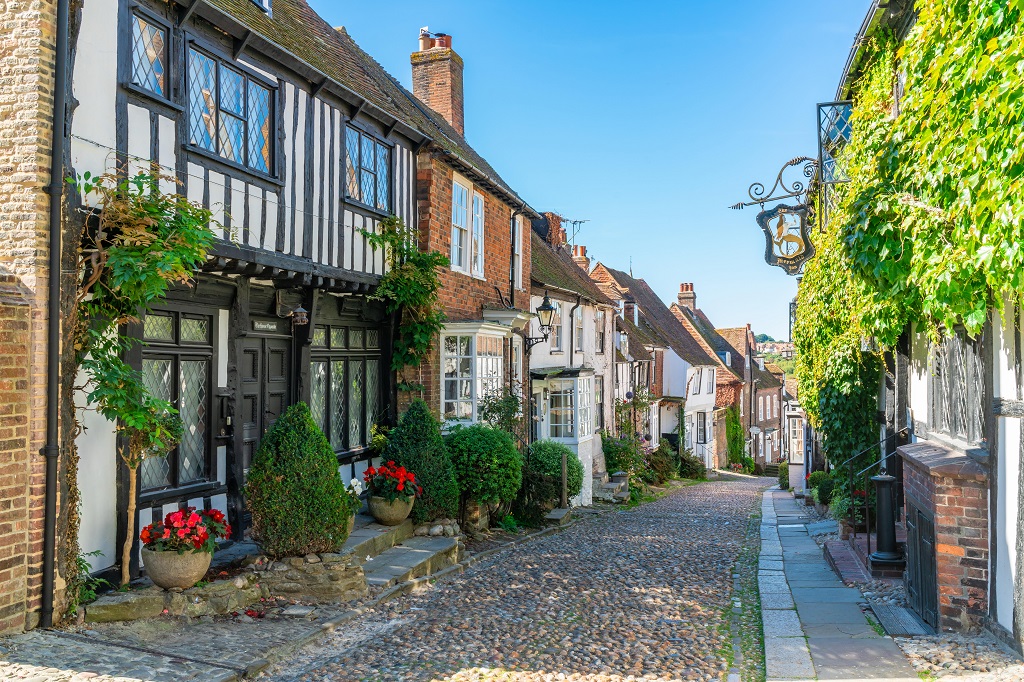
The East Sussex honeypot of Rye, a little over an hour on the train from London St Pancras, is impossibly picturesque. Start your wanderings around town with an amble down Mermaid Street, whose wonky timber-framed homes are clad in ivy and wisteria and sport names such as “The House with Two Front Doors” and “The House with the Seat”, before browsing the town’s wealth of contemporary art galleries. You can brush up on Rye’s former role as a Cinque Port, the confederation of English Channel harbours that protected England against invasion from France, at the 14th-century Ypres Tower, which formed part of the town’s defences. Rye now lies two miles from the sea – end your day among the saltmarsh and shingle ridges of hauntingly beautiful Rye Harbour Nature Reserve or on the rolling dunes of Camber Sands, one of the best beaches in East Sussex.
St Albans
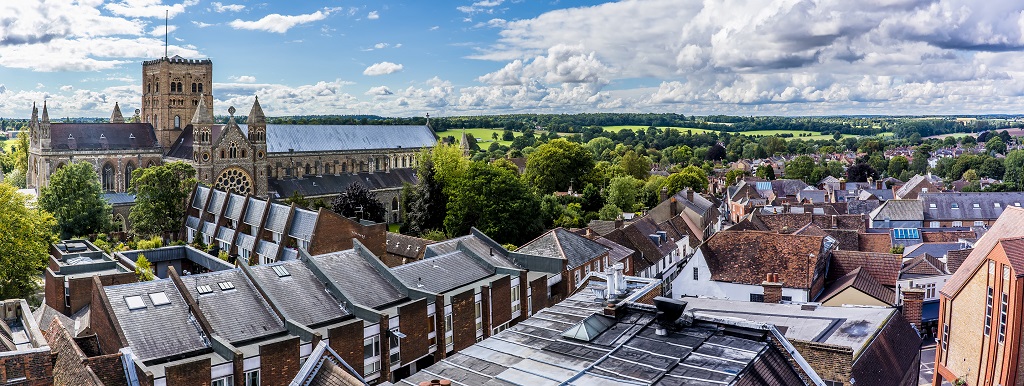
Just 20 minutes on the train from London St Pancras, the cathedral city of St Albans was one of the largest Roman towns in Britain, when it was known as Verulamium, “the settlement above the marsh”. The shrine of St Alban, Britain’s first saint, lies in the monumental St Albans Cathedral, although the main draw here are the superb medieval wall paintings that line its vast nave. The cathedral’s grounds lead onto Verulamium Park, site of the city’s ancient walls and a lovely ornamental lake; the Sandridge Hoard, in the park’s Verulamium Museum, is one of the largest hoards of Roman gold coins ever found in Britain. Stop for a cup of tea at the restored court room in the city’s modern Museum + Gallery or pick up a bite to eat at St Albans Charter Market, a fixture since the 9th century, but make sure you don’t leave without trying a hot cross bun, said to have been first baked here for the city’s poor by a monk in 1361.
Winchester
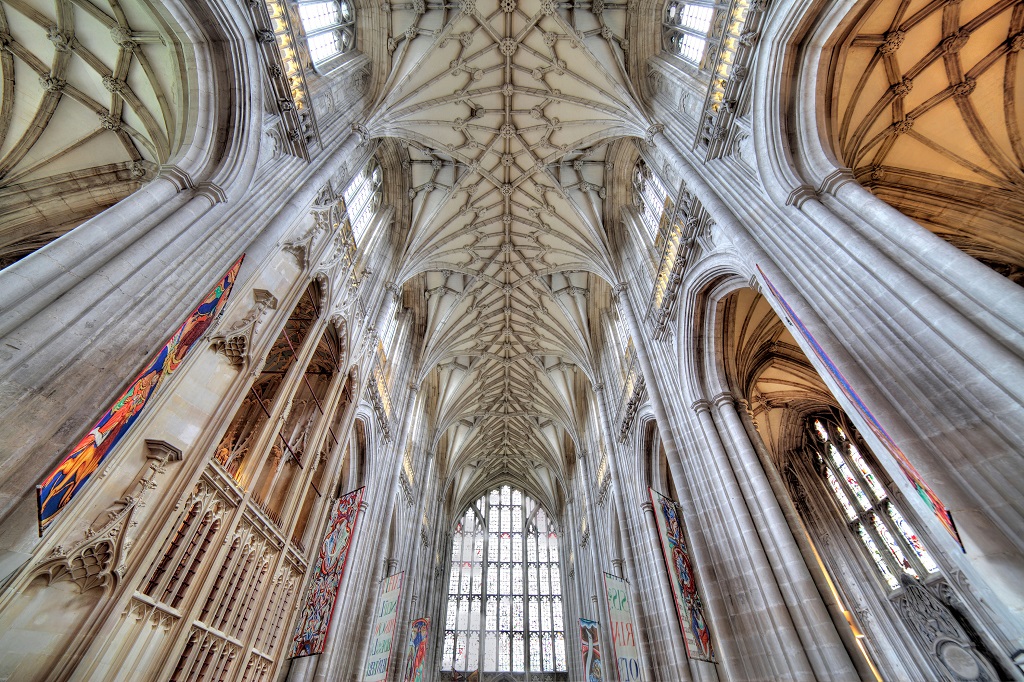
You’re swapping one capital for another with a visit to Winchester, Hampshire’s county town that lies at the western end of the South Downs, less than an hour by train from London Waterloo. When Alfred the Great was crowned King of Wessex in 871, he made Winchester his capital, and the city remained the most influential in England for the next 300 years. Its centrepiece, both figuratively and geographically, is magnificent Winchester Cathedral, whose medieval nave, the longest in Europe, houses the tomb of Jane Austen. On the city’s fringes, you can follow in the footsteps of John Keats, who wrote Ode to Autumn after wandering through Winchester’s idyllic water meadows; the walk passes by the Hospital of
St Cross, England’s oldest almshouse, which continues to offer a Wayfarer’s Dole of “a horn of beer and a morsel of bread” to passers-by. If you can time your trip for the middle or last Sunday of the month, drop by the Broadway, where the
stalls of Winchester Farmers’ Market overflow with local Hampshire produce.
Hertford
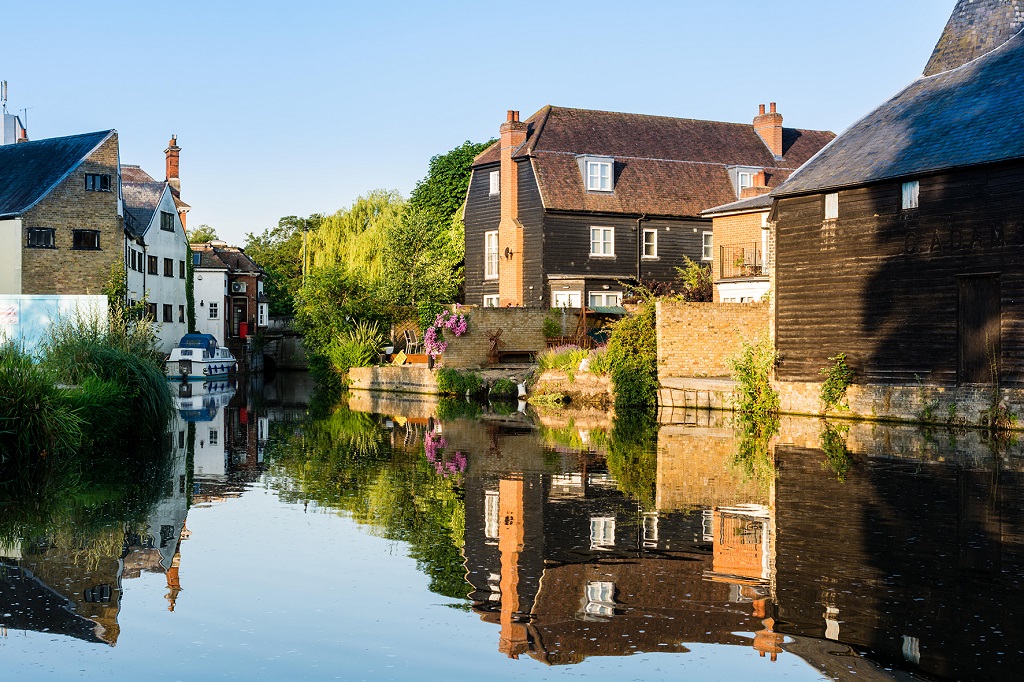
Set at the confluence of four rivers, prosperous Hertford is the county town of Hertfordshire, a sedate escape of creeper-clad townhouses and waterside cottages just a 50-minute train ride from the capital. The town was founded by Edward The Elder in the early 10th century and its Norman castle was a royal palace for 300 years – James I of Scotland was imprisoned here and Elizabeth I spent much of her childhood within its walls, although only those walls and the gatehouse remain. Pick up a map from the Tourist and Information Centre and follow the Hertford Heritage Trail around town, which links together the oldest Quaker meeting house in the country, buildings designed by the British architect Reginald Blomfield, and the former home of Samuel Stone, founder of the town’s American offspring – Hartford, Connecticut. Outside of town, take the six-mile round stroll along the River Lea to Ware and back, or putter through the floodplains that connect the two on the Ware & Hertford Waterbus.

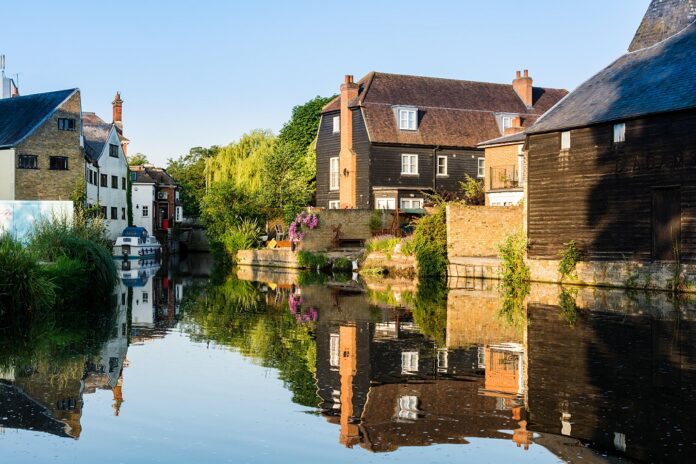




 © 2024
© 2024